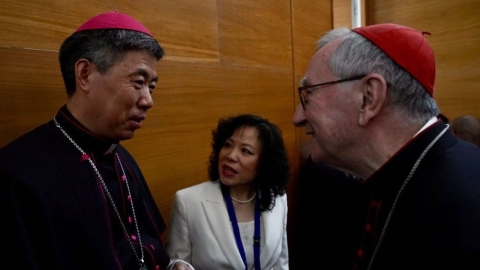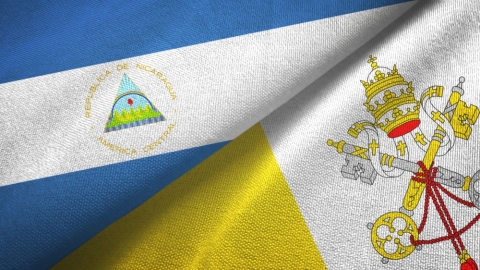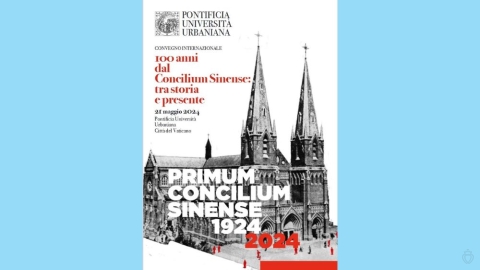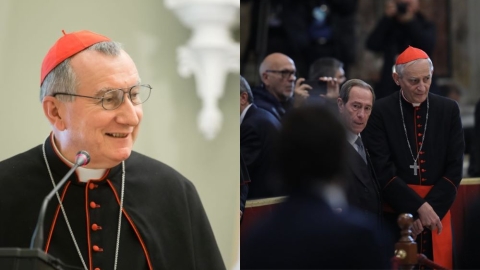Our Lady of Perpetual Help

The image of Our Lady of Perpetual Help had long been venerated on the Isle of Crete. A merchant acquired the icon of Our Lady of Perpetual Help from the island of Crete and had it shipped to Rome towards the end of the 15th century. During the voyage, a terrible storm arose, threatening the lives of all on board. The passengers and crew prayed to Our Blessed Mother and were saved.
On the 27th of March 1499, the portrait of the Virgin of Perpetual Help was carried in triumph through the streets of Rome. The image was housed at the Church of St. Matthew and became known as “The Madonna of St. Matthew”. Pilgrims flocked to the church for the next three hundred years, and great graces were bestowed upon the faithful.
During the disturbances of the Revolution (1789–1793), the French troops occupying Rome destroyed St. Matthew's church. One of the friars secretly had removed the miraculous Madonna. He hid it so well that for sixty years, no one knew what had become of the famous painting, until 1863. In 1865, Pius IX gave orders to have image taken to the Esquiline Hill, in St. Alphonsus Liguori's church, built on the site of the old St. Matthew's. On the 26th of April 1866, the Redemptorists in their Church of St. Alphonsus in Rome solemnly enthroned Our Lady of Perpetual Help. From that time on devotion to Our Lady of Perpetual Help has had an extraordinary development.
The icon depicts our Blessed Mother Mary, under the title “Mother of God,” holding the Child Jesus. The Child Jesus contemplates the vision of His future Passion. The anguish He feels is shown by the loss of one of His sandals. Nevertheless, the icon also conveys the triumph of Christ over sin and death, symbolized by the golden background (a sign of the glory of the resurrection) and the manner in which the angels hold the instruments, i.e. like trophies gathered up from Calvary on Easter morning. In a very beautiful way, the Child Jesus grasps the hand of the Blessed Mother. He seeks comfort from His mother, as He sees the instruments of His passion. In iconography, Mary here is represented as the Hodighitria, the one who guides us to the Redeemer. She also is our Help, who intercedes on our behalf with her Son. The star painted on Mary’s veil, centred on her forehead, highlights her role in the plan of salvation as both the Mother of God and our Mother.
The expression on Mary's face is that of a mother who knows pain, and yet, extends her help with serenity and tenderness, as she invites us to obey the Will of God, even when we find it in suffering and the cross, and to offer our lives in service to Him and our neighbour as He did unto death.
Source: FSSPX /FSSPX.Actualités





